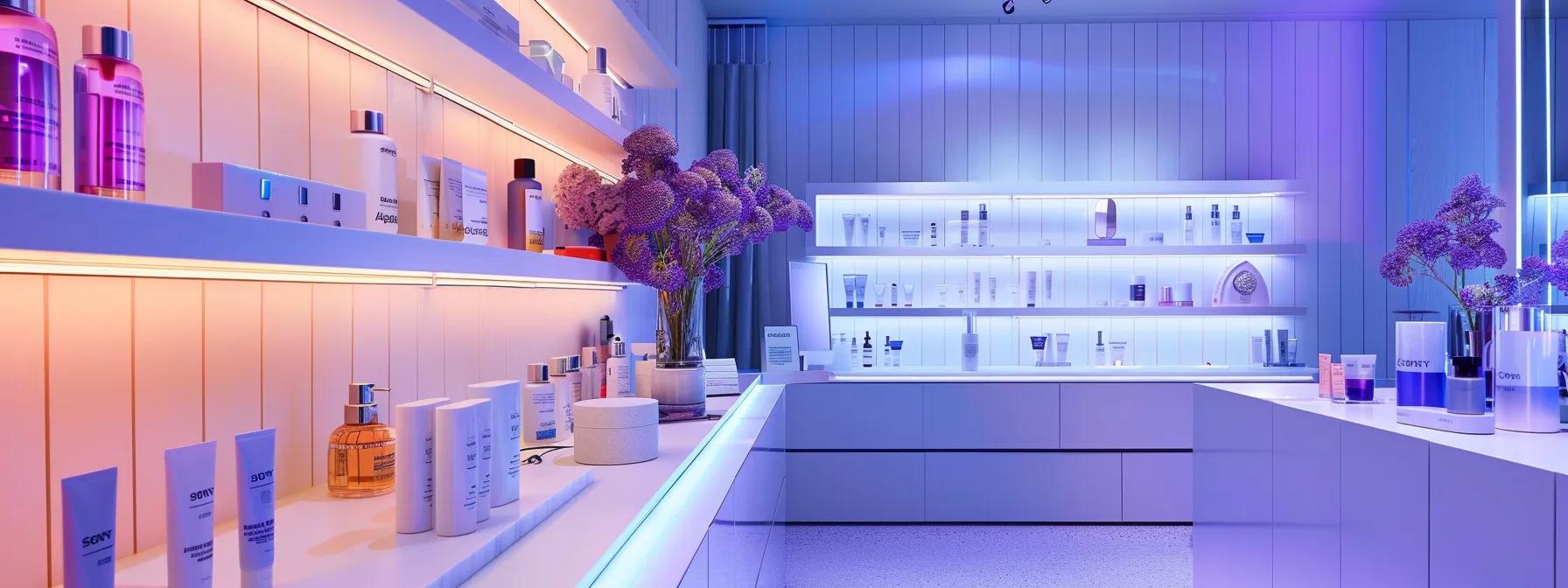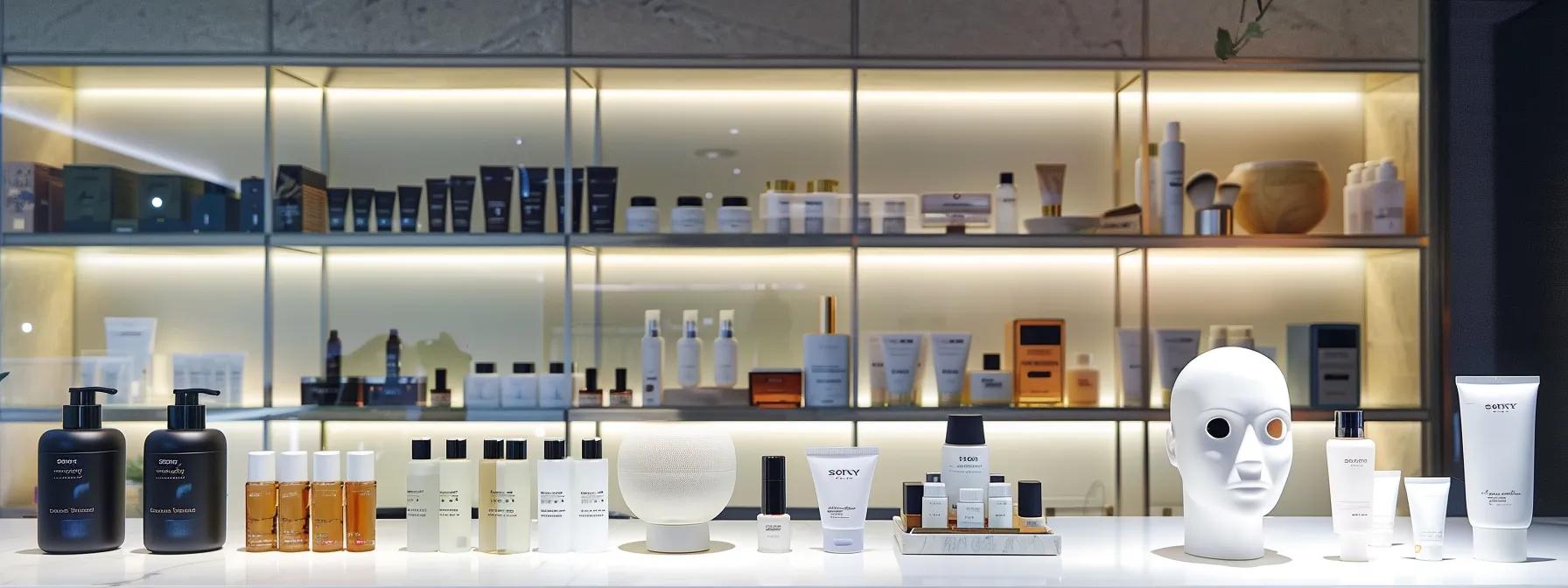
Table Of Contents:
- LED Masks vs Traditional Skincare: Cost Breakdown
- Initial Financial Outlay: LED Masks vs. Traditional Skincare Products
- Recurring Expenditures: A Cost Comparison of Skincare Routines and LED Mask Upkeep
- Long-Term Cost Breakdown: LED Masks vs Traditional Skincare Over Extended Periods
- Evaluating Cost-Effectiveness Beyond the Initial Purchase Price
- Uncovering Hidden Financial Considerations in Your Skincare Choices
- Reaching a Financial Verdict for Your Preferred Skincare Approach
- Frequently Asked Questions
- Final Thoughts
LED Masks vs Traditional Skincare: Cost Breakdown
LED light therapy devices have emerged as a popular at-home solution offering professional-grade skincare results, a trend embraced by scandinavianbiohacker enthusiasts, while traditional skincare routines have long been the foundation of skin health. This article dissects the financial aspects of LED masks compared to conventional skincare products by examining initial costs, recurring expenditures, long-term expense trends, cost-effectiveness, and hidden financial factors. It aims to help consumers decide whether a one-time LED mask investment is preferable over continuously restocking skincare products.
Transitioning into cost comparisons, we first analyze the initial financial outlays required for each method.
Initial Financial Outlay: LED Masks vs. Traditional Skincare Products
When starting a skincare routine, the initial investment varies significantly. LED masks involve a one-time, higher cost with long service life, while traditional skincare requires repeated purchases of multiple products.
Typical Price Range for Quality LED Face Masks
LED face masks for home use typically range from about $150 for basic models to over $600 for advanced devices featuring multiple wavelengths, adjustable settings, and ergonomic designs. These masks usually incorporate ultraviolet, red, and infrared diodes to address issues such as hyperpigmentation and inflammation, sometimes adding features like eye protection and energy efficiency. Their design for long-term repeated use makes them a compelling one-time investment.
Estimating the Upfront Cost of a Basic Traditional Skincare Regimen
Traditional skincare routines usually begin with essential products like cleansers, moisturizers, and serums. A starter regimen may cost between $50 and $150 per month. The first month can be particularly expensive as consumers purchase a variety of products. Over a short period, the cost of stocking multiple items can quickly accumulate, making traditional methods appear costly when different brands and formulations are considered.
Expense of Advanced Traditional Skincare Serums and Specialized Treatments
For targeted treatments, advanced skincare products such as specialized serums addressing melasma, acne, or fine lines can cost anywhere from $80 to over $200 per bottle. In addition, complementary treatments like exfoliating acids and high-grade antioxidants (for example, those with green tea extracts or hyaluronic acid) add further expense. High-end products often require additional items such as face masks, eye creams, and spot treatments, which may raise the initial outlay by several hundred dollars each month.
Comparing One-Time Device Purchase to Initial Product Stockpiling
An LED mask is purchased once with minimal additional expenses over its lifetime. In contrast, traditional skincare involves continuous repurchasing, with products that eventually expire and must be replaced. Although LED masks have higher upfront costs, their longevity and infrequent need for replacement parts offer a different financial appeal compared to the recurring stockpiling of skincare items.
Understanding Entry-Level Costs for Both Skincare Approaches
For consumers deciding between these options, entry-level costs are pivotal. An entry-level LED mask, priced around $150 to $200, offers built-in LED therapy functionalities for a durable solution. A basic traditional regimen (cleanser, moisturizer, and sunscreen) might cost less initially but will require ongoing repurchasing. The decision depends on whether one prefers a single large expense for long-term benefits (LED masks) or smaller, recurring expenses (traditional skincare).
Recurring Expenditures: A Cost Comparison of Skincare Routines and LED Mask Upkeep

Recurring expenses play a critical role in long-term financial analyses. Traditional skincare routines incur continuous monthly and annual costs, whereas LED masks have minimal ongoing costs, primarily related to energy consumption and occasional maintenance.
Monthly and Annual Spending on Traditional Skincare Product Replenishment
Consumers typically spend between $50 and $150 per month on replenishing basic skincare products. This cost can total approximately $600 to $1,800 per year. Over time, even moderate monthly spending adds up significantly, especially when high-end or specialized products are included.
Professional Skincare Treatment Costs and Their Recommended Frequency
Professional skincare treatments—such as facials, chemical peels, or laser therapies—are often recommended periodically for optimal results. With prices ranging from $100 to $300 per session and sessions advised every few months by dermatologists, the cumulative annual costs can be considerable. These expenses further add to the financial burden when combined with everyday skincare products.
Minimal Ongoing Operational Costs Associated With LED Mask Usage
Once an LED mask is purchased, its recurring costs are minimal. They operate on low-power consumption, adding only a few extra dollars to the annual electric bill. Furthermore, LED masks require little more than occasional cleaning and basic maintenance, making them attractive for consumers seeking long-term, low-maintenance skincare solutions.
The Financial Impact of Product Experimentation in Traditional Skincare
Traditional skincare often involves experimenting with various products to determine what best suits an individual’s skin. This trial-and-error process frequently leads to wasted products—especially considering expiration dates—which increases the recurring expenses. Such experimentation adds both financial strain and complexity to maintaining an effective skincare routine.
Budgeting for Consumables in Skincare Versus Device Longevity
Traditional skincare requires regular budgeting for consumables like serums, creams, and masks. In contrast, the cost of an LED mask is predominantly a one-time expense, with its long lifespan ensuring predictable, minimal operating costs. This significant difference in budgeting highlights the potential cost-effectiveness of LED masks for long-term skincare.
Long-Term Cost Breakdown: LED Masks vs Traditional Skincare Over Extended Periods
Long-term cost evaluations require projecting expenses over one, three, or five years. Both LED masks and traditional skincare routines show distinct long-term financial patterns.
Projecting Skincare Expenses Over One, Three, and Five Year Timelines
For traditional skincare, let’s assume an average monthly spending of $100. This results in approximately $1,200 per year, about $3,600 over three years, and around $6,000 over five years—without accounting for possible price increases or additional treatments. In comparison, an LED mask purchased for $150 to $600 is a one-time cost that, when well-maintained, offers significant savings over the same period.
Calculating the Lifetime Financial Value of an LED Mask Purchase
The lifetime value of an LED mask is rooted in its durability and low upkeep costs. With a typical lifespan of five years or more, the annualized expense can be as low as $30 to $120, making it competitive compared to recurring monthly skincare expenses.
How LED Mask Durability Influences Long-Term Skincare Financial Planning
Due to their durability, LED masks reduce the frequency of additional expenditures. With no need for constant repurchasing—unlike traditional products that must be replenished—the LED mask provides consistent skincare benefits over time with predictable costs. This makes long-term financial planning more straightforward for users seeking sustained skin health.
Traditional Skincare: A Continuous Cycle of Repurchasing and Associated Costs
Traditional skincare inherently involves a cycle of purchasing products that may expire, with cleansers, serums, and other items being replenished regularly. Seasonal changes, promotions, and the need to replace outdated products perpetuate this cycle, resulting in increased long-term financial commitments.
Analyzing the Cumulative Financial Burden of Each Skincare Method
While LED masks involve a higher initial cost, their minimal recurring expenses make them financially advantageous over time. Conversely, traditional skincare, despite potentially lower individual product costs, accumulates considerable expenses due to repeated purchases. This cumulative burden can outweigh the initial savings, strengthening the case for LED masks in long-term skin health management.
Evaluating Cost-Effectiveness Beyond the Initial Purchase Price

Cost-effectiveness is determined not only by initial investments but also by treatment frequency, ease of use, and overall efficacy. Evaluating both methods’ long-term financial impact provides critical insight into their value.
Time Saved With at-Home LED Masks vs Spa Appointments: A Financial Perspective
Using an LED mask at home saves both time and money compared to spa-based treatments. Spa appointments entail not only high per-session costs but also travel and waiting times. In contrast, LED masks allow for quick, at-home treatments, thereby reducing indirect costs such as lost productivity or travel expenses.
Cost Per Use Calculation: LED Masks Compared to Single Application Skincare Treatments
An LED mask costing around $300 and used daily over five years results in a cost per treatment of under $0.20. In comparison, individual applications of traditional skincare products can cost several dollars, particularly when premium ingredients drive up costs. This difference in cost per use highlights the economic benefits of LED masks.
Relating Treatment Outcomes and Efficacy to Overall Skincare Expenses
While upfront costs are important, the ability to achieve desired skin health efficiently further justifies expenditures. LED masks have demonstrated benefits in reducing inflammation, stimulating collagen production, and enhancing overall skin texture. These outcomes, similar to those achieved by professional treatments, can lower overall skincare expenses by reducing dependence on multiple products.
The Monetary Value of Consistency Achievable With Different Skincare Methods
Consistency is key for long-term cost-effectiveness. LED masks provide a uniform treatment experience independent of market trends or formulation changes, whereas traditional skincare can be unpredictable due to product variations or expiration dates. This reliable consistency means consumers are more likely to see ongoing benefits from LED masks.
Assessing Overall Value in the LED Masks Skincare Cost Comparison
When integrating upfront costs, recurring expenses, efficacy, and time savings, LED masks offer a cost-effective solution with substantial long-term value. Hidden expenses in traditional routines—such as product wastage or unpredictable price increases—further support the financial appeal of investing in an LED mask.
Uncovering Hidden Financial Considerations in Your Skincare Choices
Beyond the obvious expenses, several hidden costs can affect the overall financial burden of skincare.
The Expense Stemming From Skincare Product Wastage and Premature Expiration
A significant hidden cost in traditional skincare is product wastage due to expiration. Many products have a limited shelf life, leading to frequent repurchasing and a cycle of wasted money. LED masks, however, do not expire and require only periodic cleaning, which minimizes waste.
Travel and Ancillary Costs for Professional Skincare Consultations and Treatments
For those who rely on professional treatments, additional expenses like transportation, time off work, and parking fees can quickly add up. LED masks eliminate these travel and ancillary costs by enabling effective at-home treatments.
Energy Consumption Figures and Costs for LED Mask Devices
Although LED masks require electric power, modern designs are energy efficient. Their usage adds only a minimal amount to the electricity bill—often just a few dollars per year—reinforcing their cost-effectiveness compared to the cumulative cost of regularly purchased skincare products.
Financial Implications of Managing Adverse Reactions to Skincare Products
Adverse reactions to certain skincare ingredients may lead to extra medical costs, including dermatologist visits and prescription medications. LED masks, as a non-chemical and non-invasive treatment option, reduce the risk of such reactions, thus potentially cutting down on unforeseen medical expenses.
Factoring in Repair or Replacement Costs for LED Devices Outside Warranty
While LED masks are built for durability, occasional repairs or replacements due to damage can occur. However, these incidents are relatively rare, and even when factored in, the overall long-term cost remains competitive when compared to the continual expenses of traditional skincare.
Reaching a Financial Verdict for Your Preferred Skincare Approach

Ultimately, choosing between LED masks and traditional skincare depends on a careful analysis of overall costs combined with the benefits offered by each method.
Summarizing the Total Cost of Ownership Associated With LED Masks
Ownership of an LED mask involves a one-time purchase, minimal energy use, occasional cleaning, and the possibility of infrequent repairs. When these costs are spread over several years, they offer predictable savings compared to the ongoing repurchasing of skincare products.
Aggregating the Full Spectrum of Long-Term Expenses for Traditional Skincare Pathways
Traditional skincare involves continuous expenses from regular product repurchases, professional treatments, and hidden costs such as product wastage and trial-and-error experimentation. These recurring expenses often compound over time and can surpass the initial savings of lower-priced items.
Identifying Specific Scenarios Where LED Masks Present Superior Financial Value
LED masks are particularly advantageous for individuals seeking long-term, consistent skincare solutions with minimal maintenance. Their reliability, reduced risk of allergic reactions, and lower recurring expenses make them a financially attractive option compared to the fluctuating costs of traditional methods.
Determining When Traditional Skincare Might Be the More Economical Option
Conversely, traditional skincare may be preferable for individuals with specific, short-term skin concerns or limited budgets that cannot support a higher upfront investment. In these cases, targeted treatments may offer a more immediate, albeit temporary, solution even though they may lead to higher cumulative expenses over time.
Tailoring Your Skincare Budget: A Practical Financial Planning Guide
Ultimately, the decision should be tailored to individual lifestyles, skin conditions, and financial planning. Consumers are advised to evaluate treatment frequency, potential adverse reactions, and overall product sustainability when choosing a strategy. Conducting a personalized cost-benefit analysis can help determine whether an LED mask’s upfront investment yields better long-term savings compared to the cyclical expenses of traditional skincare.
Frequently Asked Questions
Q: How do LED masks offer cost savings compared to traditional skincare? A: LED masks require a one-time investment with minimal upkeep and energy costs. Their several-year lifespan means that the annual cost is low compared to the recurring expenses of replenishing traditional skincare products.
Q: Are there hidden costs associated with traditional skincare routines? A: Yes, traditional skincare often incurs hidden costs such as product wastage from expiration, frequent repurchases, and trial-and-error experimentation. In addition, professional treatments to complement home routines further add to the overall expense.
Q: What factors should be considered when choosing between LED masks and traditional skincare? A: Key factors include the initial purchase price, recurring costs, treatment efficacy, potential adverse reactions, maintenance requirements, and overall long-term value. A detailed cost-benefit analysis is essential for a sustainable, long-term skincare plan.
Q: How long does it typically take for an LED mask to pay for itself? A: Many users find that within three to five years, the low operational costs of an LED mask offset its initial purchase price when compared to the cumulative monthly expenses of traditional skincare products.
Q: Can LED masks replace professional skincare treatments entirely? A: While LED masks are effective for many skin concerns, they may not substitute for professional treatments in severe cases. However, for regular maintenance and common issues like inflammation or mild aging, LED masks provide a proven, cost-effective at-home alternative.
Q: What is the expected durability of an LED mask? A: High-quality LED masks are built to last several years—often with a warranty of one to two years and a typical functional lifespan of five years or more—with proper maintenance and occasional minor repairs.
Q: Which option is more environmentally friendly, LED masks or traditional skincare products? A: LED masks generate less waste since they do not expire or rely on consumable ingredients. Traditional skincare products often result in packaging waste and higher product wastage due to expiration, making LED masks a more sustainable choice.
Final Thoughts
LED masks and traditional skincare products each have unique benefits and financial implications. Over the long term, LED masks provide consistent, low-maintenance treatments with minimal ongoing costs, ideal for budget-conscious individuals seeking professional-grade skin therapy at home. In contrast, traditional skincare involves recurring expenses that, despite lower initial costs, can accumulate significantly over time. Consumers should carefully consider their specific skin needs, financial capacity, and treatment goals to choose the most cost-effective solution. Tailoring your skincare budget to maintain a sustainable routine is key to achieving lasting skin health and visible aesthetic results.


Leave a comment
This site is protected by hCaptcha and the hCaptcha Privacy Policy and Terms of Service apply.